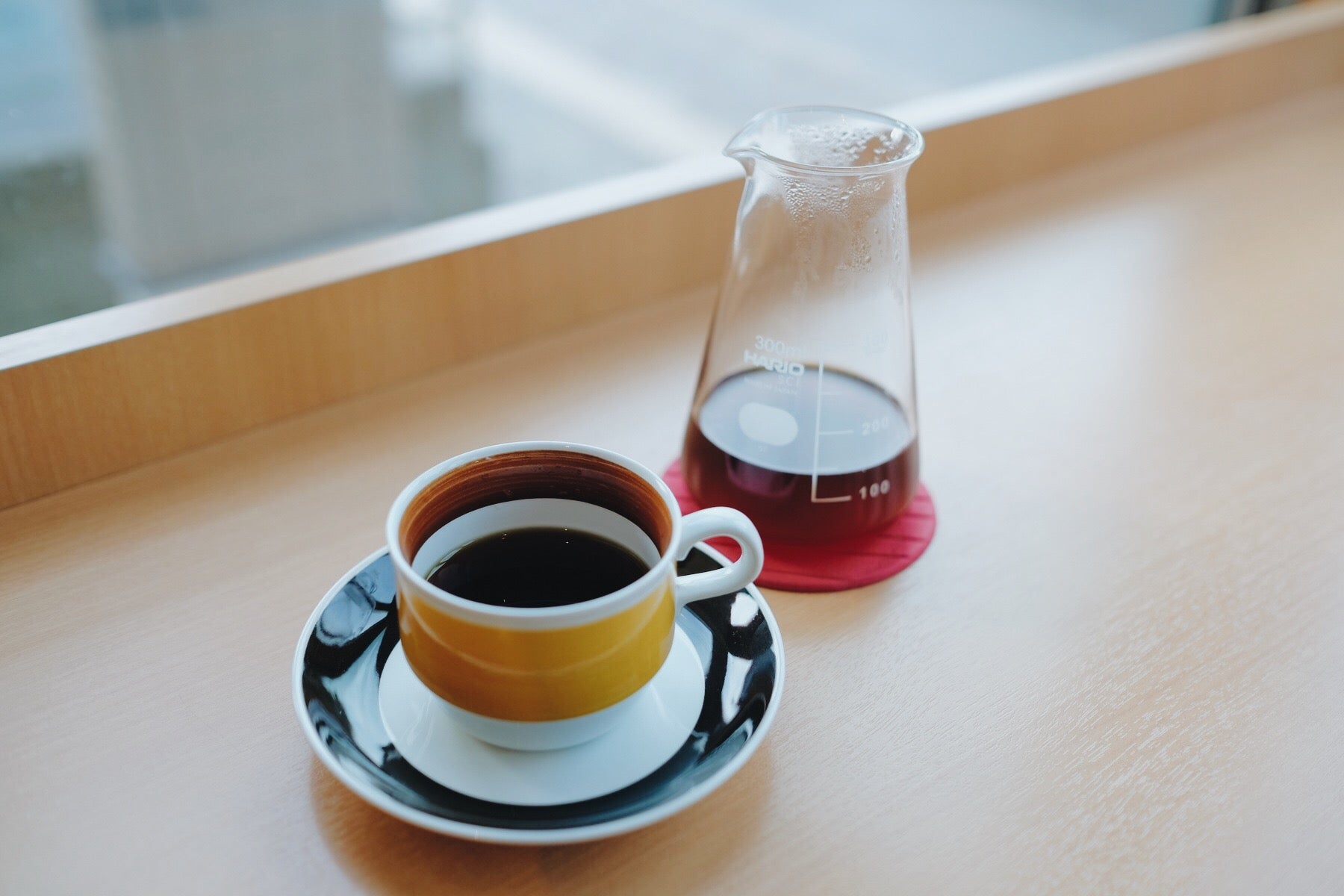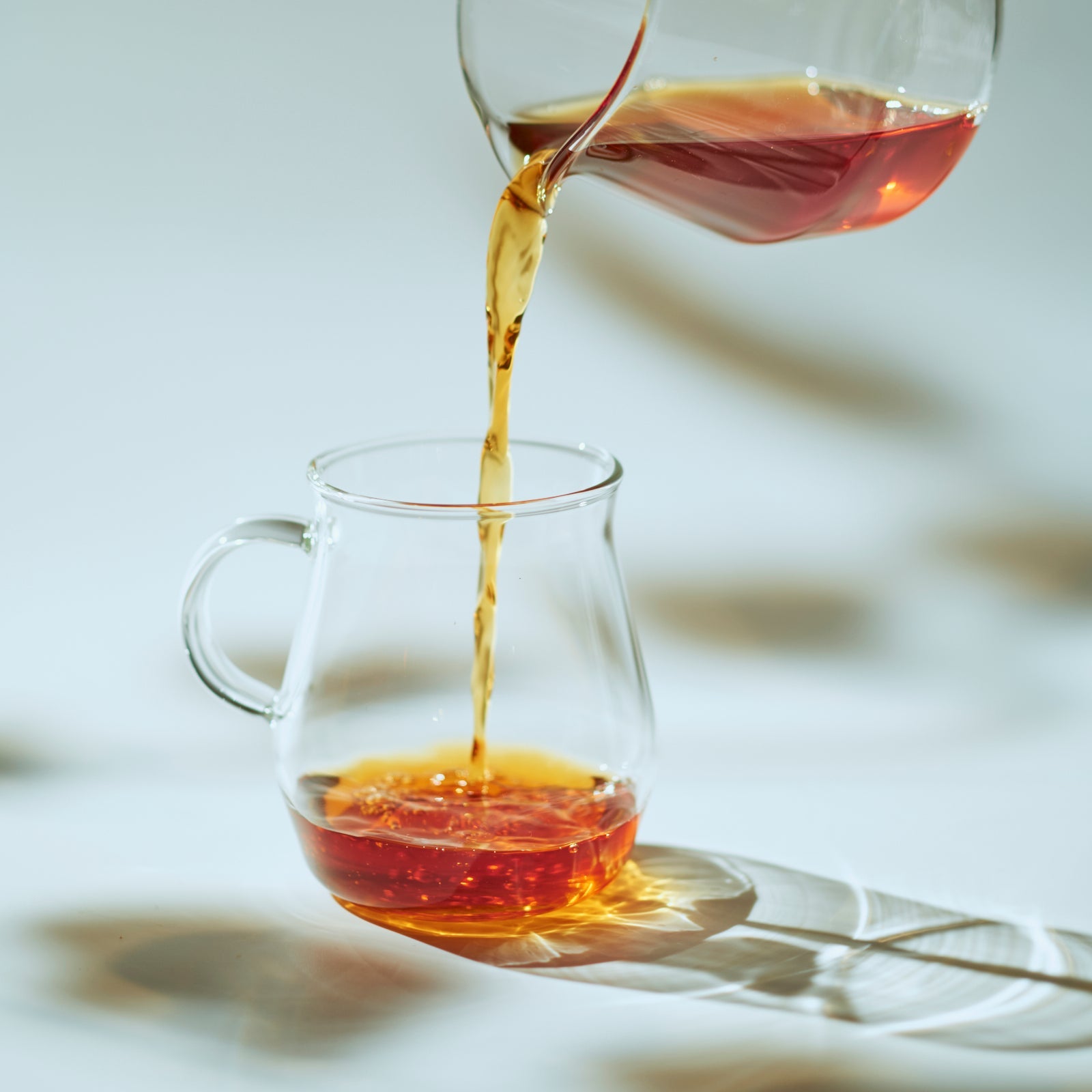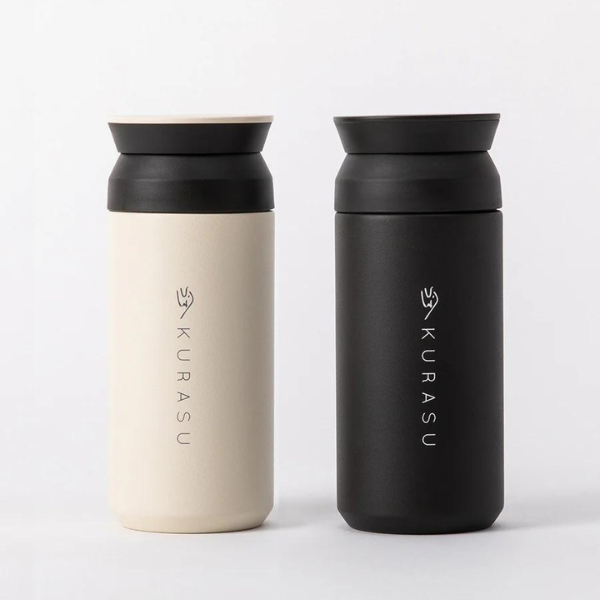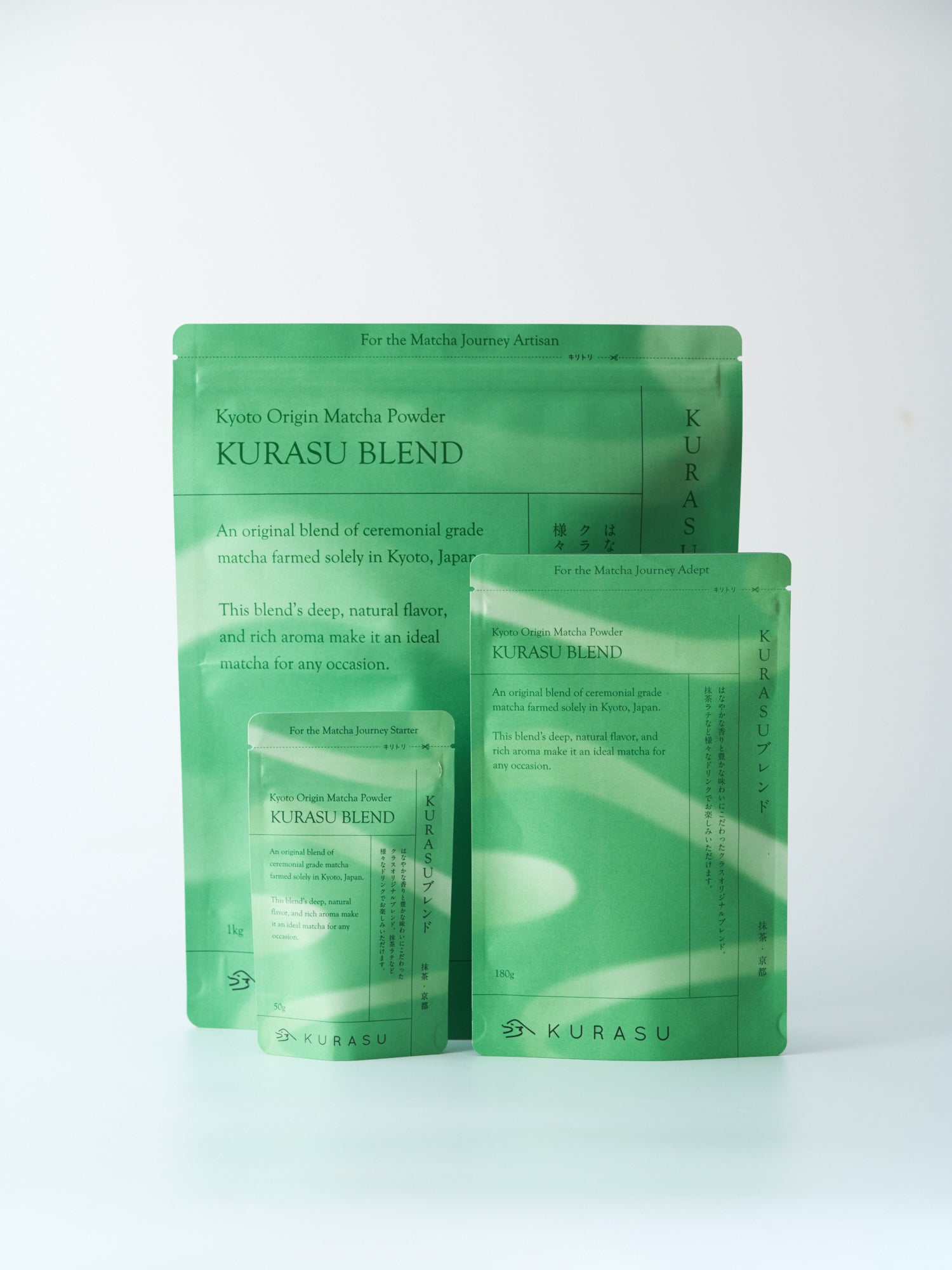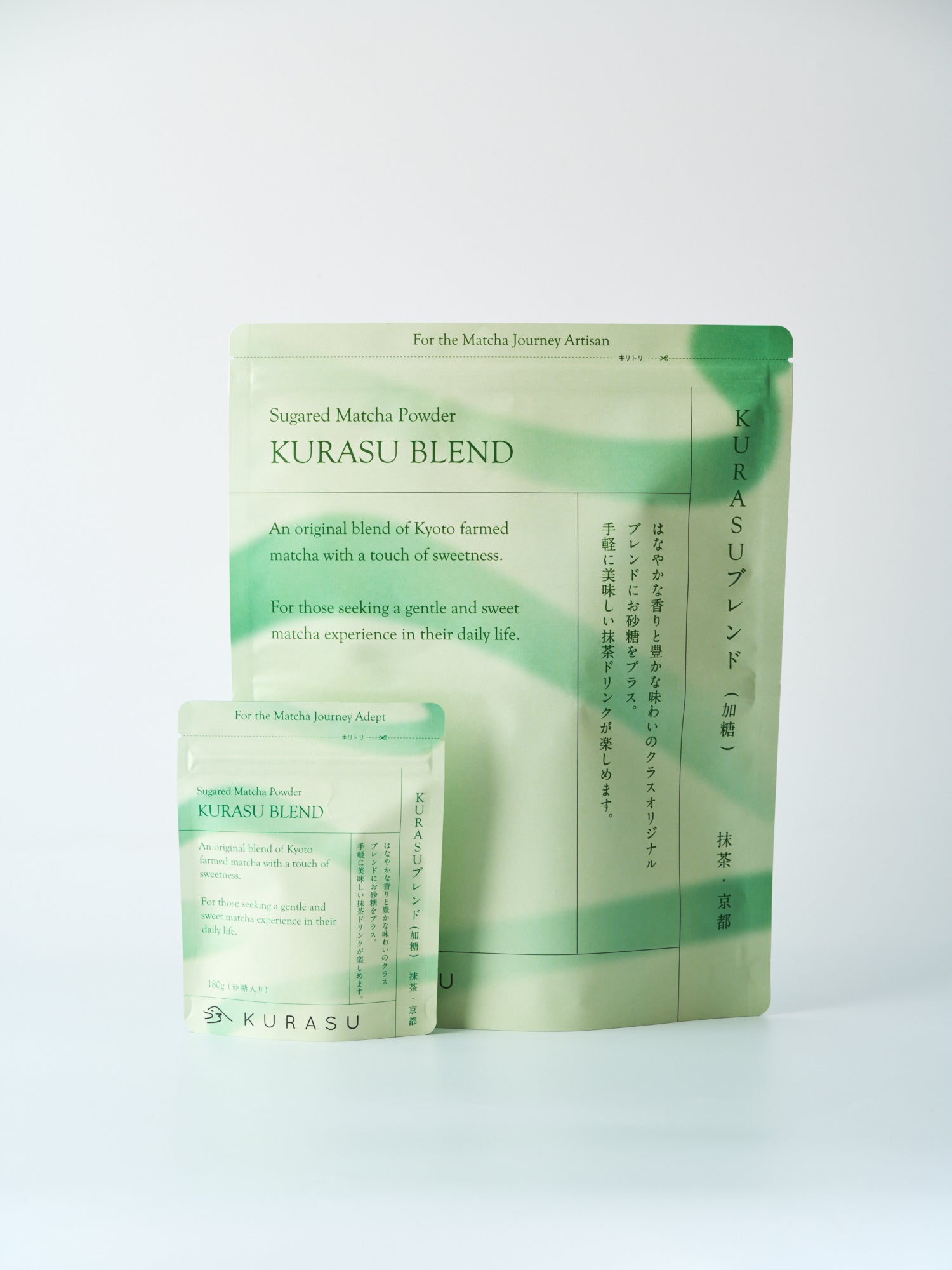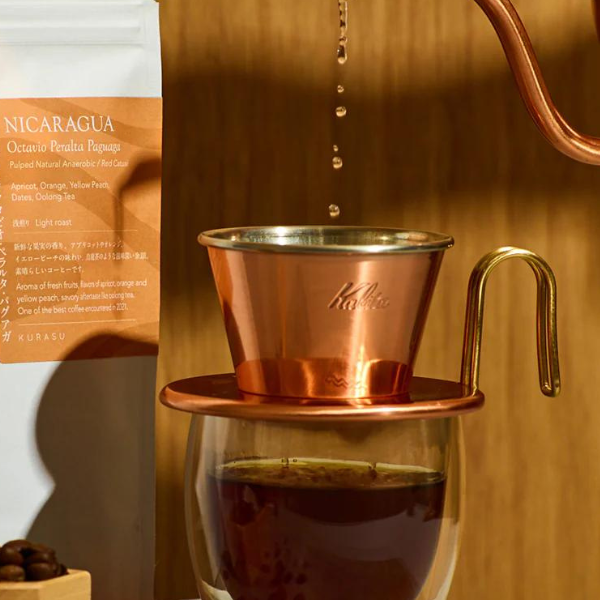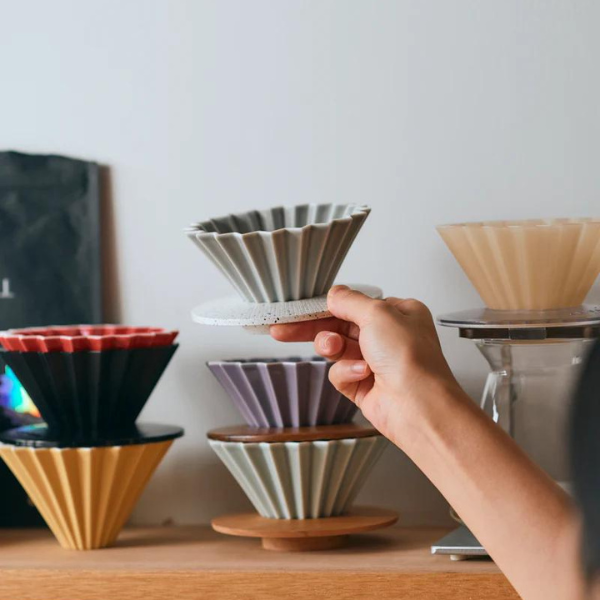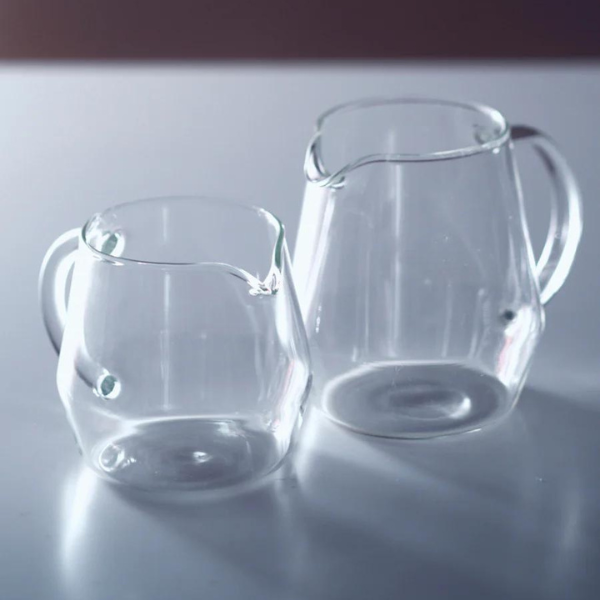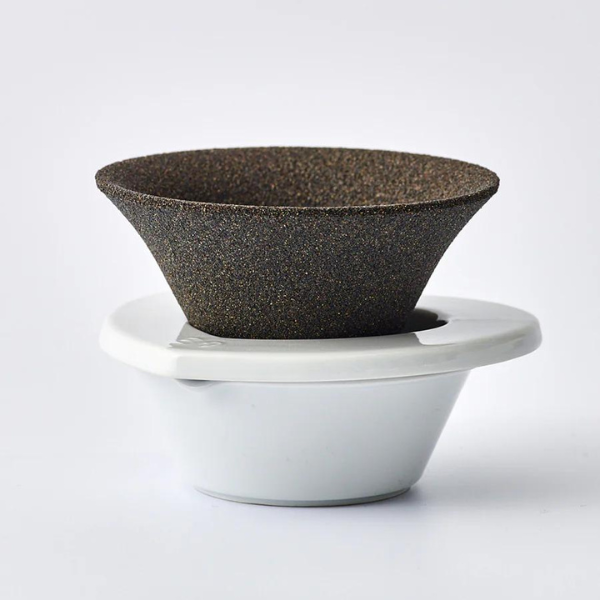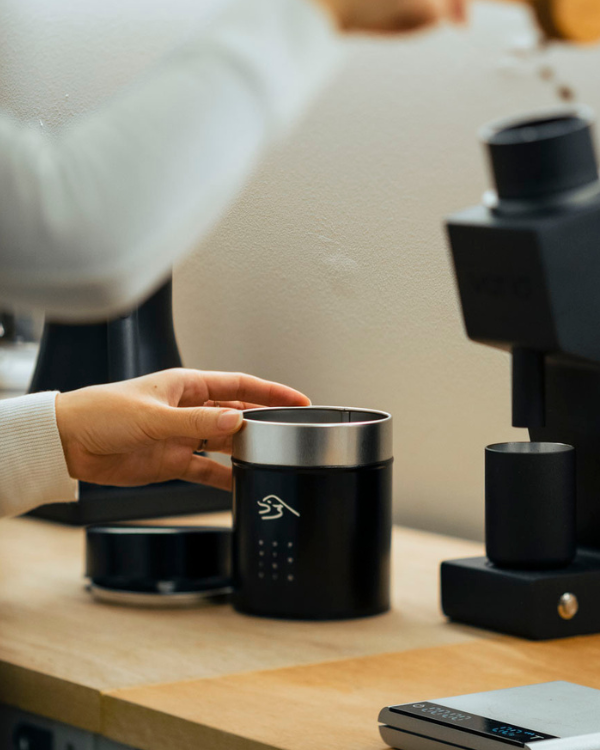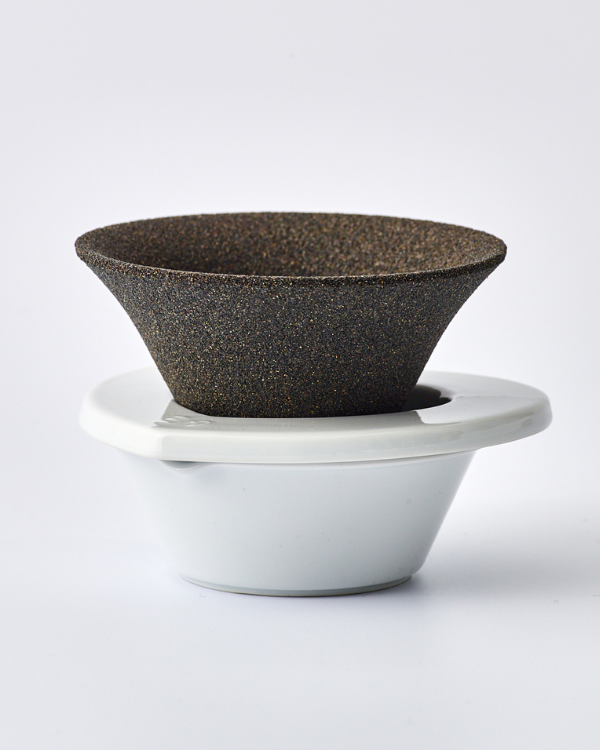The next roaster Kurasu will introduce is Hoshikawa Cafe in Saitama.
Hoshikawa Cafe is located in Kumagaya city, a city famous for once recording the hottest day in Japan, but it is usually a very peaceful place with a quiet environment. Through it runs Hosikawa River, the namesake of the cafe, with some pretty sculptures, greenery and beautiful sunshine. We interviewed Suzuki-san, the owner of this friendly riverside cafe.
The interior of the cafe has a very uplifting mood with light coloured wooden furniture and big windows. There is both a bar counter and some tables to sit and enjoy your coffee, and the table seats area is designed for customers to take their shoes off. This is quite a unique arrangement for a cafe like this, but it actually gives you a very relaxing experience as if you are visiting your friend’s house. It is always full with people even on weekdays—the clean, welcoming and child-friendly environment is one of the reasons this café is loved by the locals of all ages and genders.

Suzuki-san is originally from Saitama, and he started his early career as a musician, working as a DJ while studying at a university. It was a busy life—always surrounded by many people, many late nights, hopping between many places—but he started to feel that his life was not going to the direction he wanted to take. He therefore decided to make a seismic change to his life by moving to Adelaide, Australia. It had been a while since he had last experienced a complete change of environment and had felt so alone, but his encounter with specialty coffee and very welcoming cafes has changed that. Suzuki-san told us that he could always meet someone at cafes and could enjoy great coffee and conversation, and that experience had widened his view a lot. Suzuki-san continued visiting many cafes and tried various coffee after he later moved to Melbourne.
Suzuki-san had always had a dream of owning a business himself—and the experience in Australia planted a seed of opening a café brewing speciality coffee. He thought about opening it in China or Korea as he made a lot of friends from there and those places seemed to be a great opportunity to develop his career. However, he then learned about Gloria Jean’s Coffee opening their first café in the Kanto area, in Saitama. It was at Gloria Jean’s Coffee that he first experienced flavoured coffee at and inspired his interest in coffee back in Australia. Suzuki-san took it as a sign and applied for the position straight away, and was successfully appointed as the branch manager. After a year and a half of career full of learning and experiences, Suzuki-san felt ready to open his own cafe. He decided to stay in Saitama, and picked his childhood neighbourhood, Hoshikawa river as a place for his business. It took about three years for him to establish the café and he focussed on engaging in the local community. Suzuki-san joined numerous local events, trying hard to introduce speciality coffee to people sometimes by promoting the sweets he was serving with coffee at the time, successfully grabbing the attention of customers who were not familiar with his coffee yet.

When Suzuki-san experienced Norwegian coffee he was shocked as he had never experienced such delicious coffee before and as a result now sources beans from Norway, using Fuglen Coffee Japan as a supplier. However, as he explored the nicely roasted beans full of character, he started to wonder about what makes each coffee so different. “Every time I got a bag of beans it came with some information about it, such as brix and yield, when it was picked, how it was roasted, etc., but I wanted to see beyond those numbers. I wanted to know why it happens and how to make it happen”, said Suzuki-san. He started hand-roasting beans as a hobby, studied them, before quickly deciding to start roasting professionally. He asked Kojima-san and other Fuglen staff for some advice on choosing a roaster, and with their expertise and assistance, Suzuki-san came to the conclusion that Probat produced the roasted beans he loved the most. He especially loved the flavour that 1959 vintage Probat produces, and even though he had to wait one whole year to get it from Netherlands, he finally took possession of his dream roaster and started pursuing his ideal roast. Mesmerised by the unlimited possibilities that the various bean roasting methods can create, Suzuki-san went through experiment after experiment, which led to him creating his own unique roasting method which didn’t fall into any of the existing categories such as “high roast” or “city roast”. His method involved adjusting the roasting with an air flow/extraction and a retaining the heat of the roasting drum. With this method, beans can be thoroughly roasted without getting burned outside. “I sometimes bite into the bean and demonstrate to people how it is thoroughly roasted” Suzuki-san smiled.
It has been eight years since Suzuki-san opened Hoshikawa Café, and now it has grown into one of the most famous, eye-catching roasters in Japan. Suzuki-san’s coffee is now served not only at other cafes but at some apparel shops for their special customer service. Although Suzuki-san already has established his name, he says he still gets inspired by other roasters he looks up to such as WEEKENDERS COFFEE and Fuglen, and his mind is still fresh and open to many opportunities, such as collaboration with a beer brewery.
At Hoshikawa Café, Suzuki-san and his staff always ask customers to choose beans by letting them actually smell different beans. Suzuki-san says that he treats each customer like a judge at barista championship, making sure that the customer enjoys the coffee and finds something new and fun, this one-on-one customer service symbolizes Hoshikawa Café’s strength—explore globally, but work locally.
Suzuki-san’s love for music has come to life in the form of an occasional music event at the café, inviting artists to enjoy good music and coffee with customers. The café is Suzuki-san’s masterpiece, his passion burning like the hottest sun in Kumagaya.
Beans Profile:
Green beans: Ethiopia, Nordic Approach
・Samii Lot1 Celelectu
・Burutukaana Lot2 Guji




